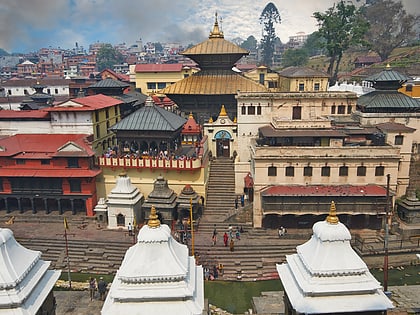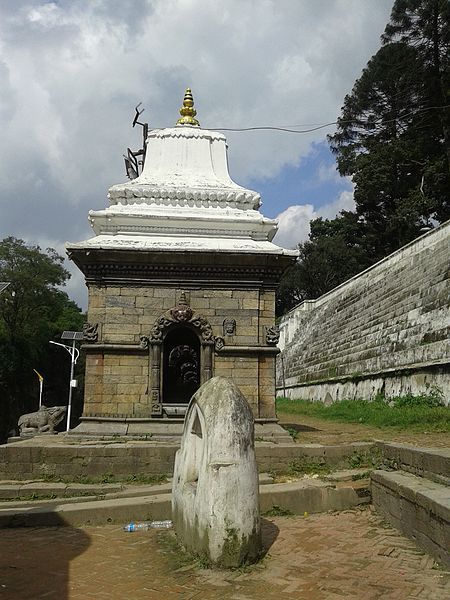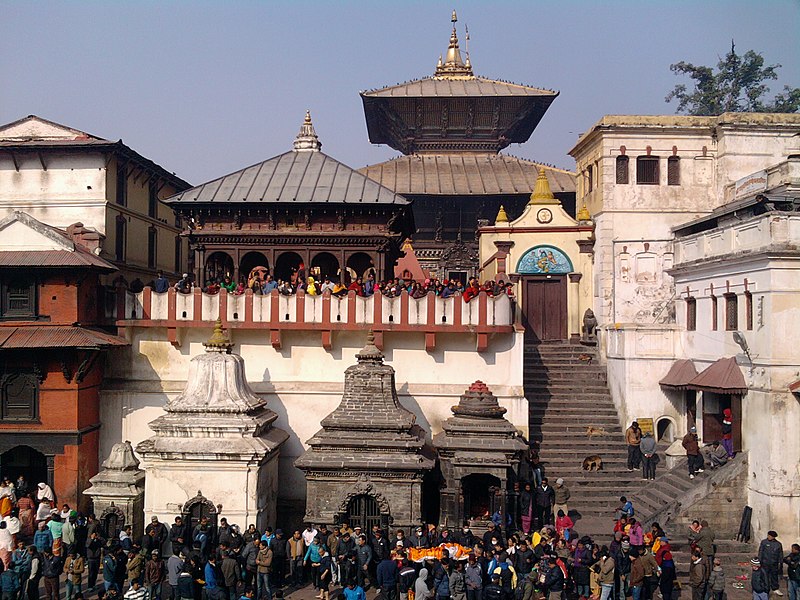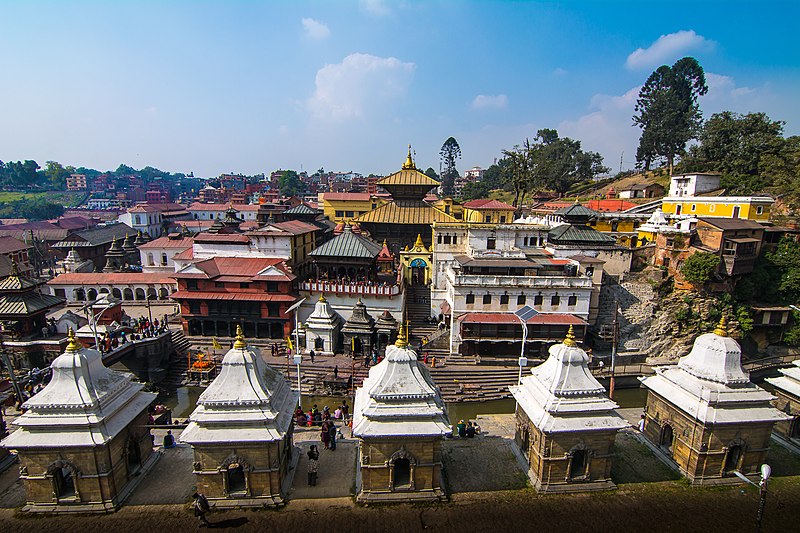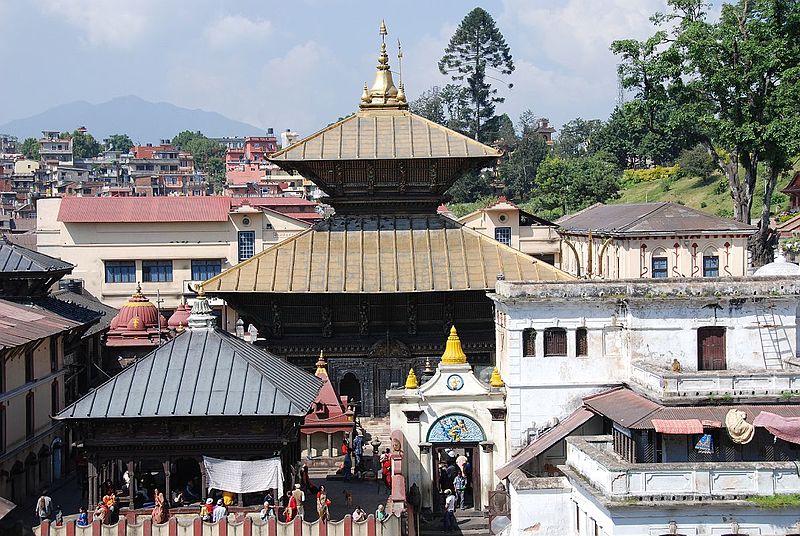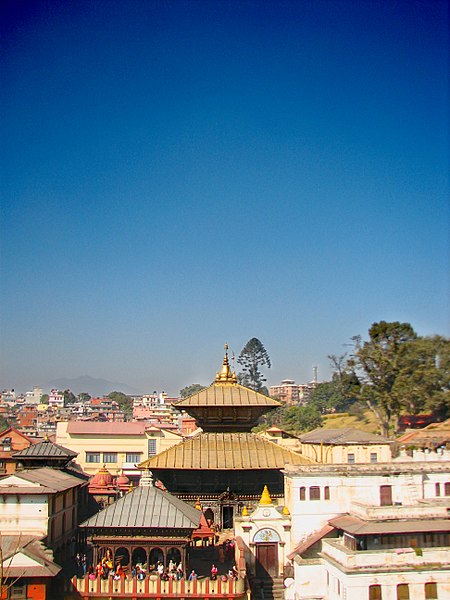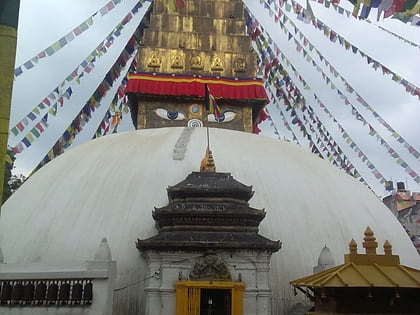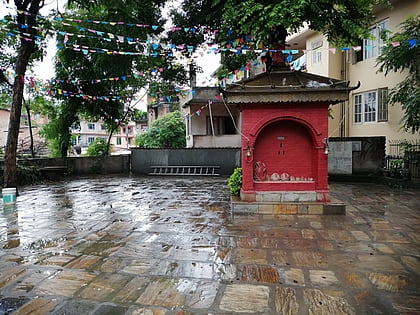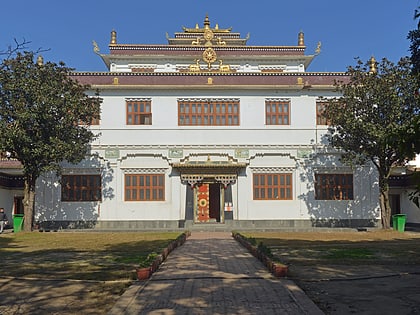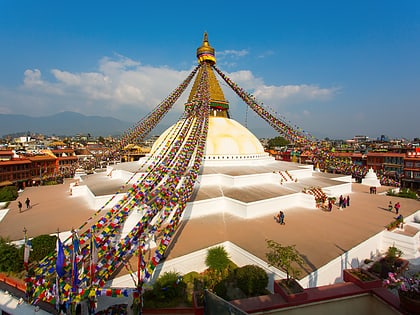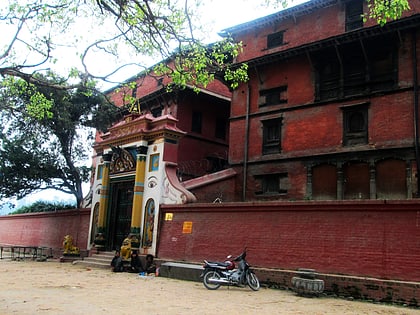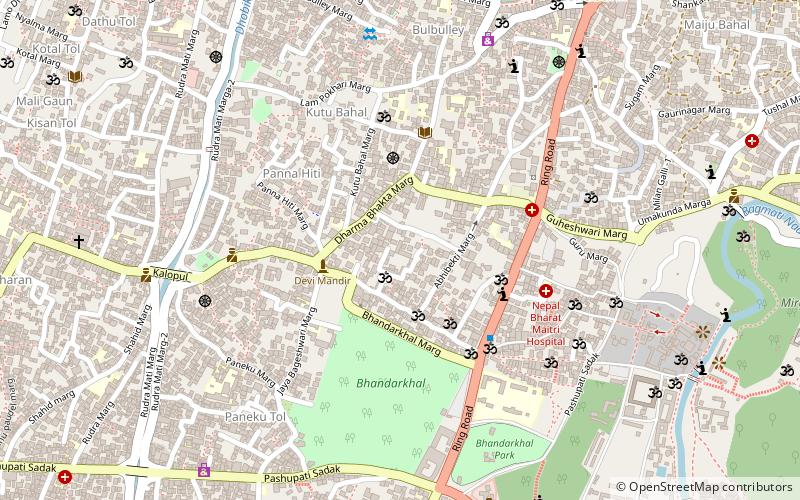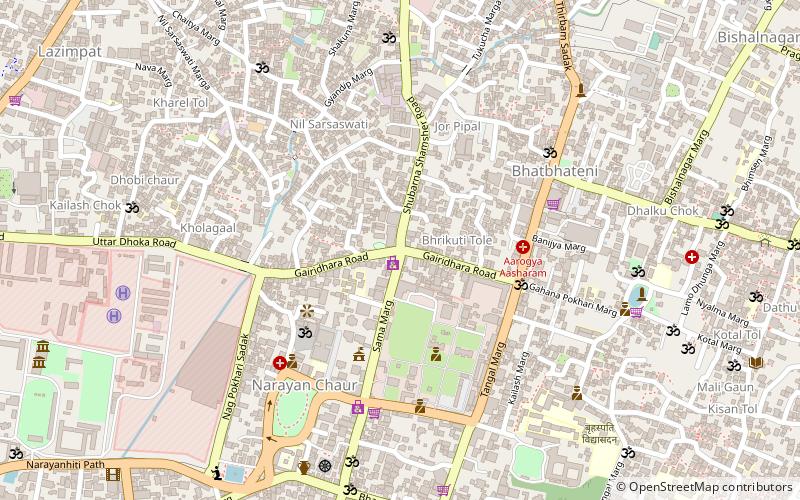Pashupatinath Temple, Kathmandu
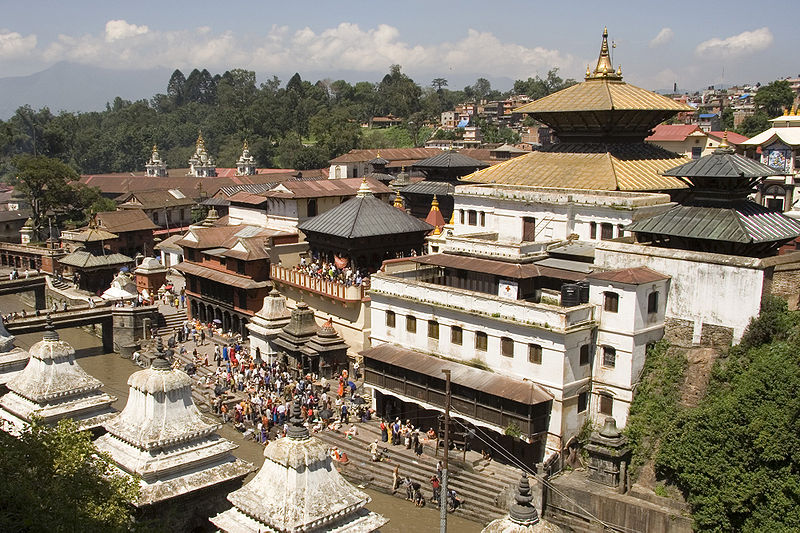
Facts and practical information
Nestled on the banks of the sacred Bagmati River, the Pashupatinath Temple stands as a testament to Nepal's rich religious heritage and ancient culture. This revered Hindu temple, located in the bustling city of Kathmandu, is dedicated to Lord Shiva and is one of the most significant religious sites for Hindus worldwide.
The sprawling temple complex, with its two-tiered golden roof and silver door, is a stunning example of Nepalese architecture. It is believed that the temple's existence dates back to 400 A.D., making it not only a spiritual center but also a place of historical significance. The Pashupatinath Temple is recognized as a UNESCO World Heritage Site, a testament to its cultural and architectural importance.
Devotees from various parts of Nepal and India flock to Pashupatinath for religious festivals, especially Maha Shivaratri, when the temple comes alive with thousands of pilgrims seeking blessings. The temple complex is also known for its ghats, or steps leading to the river, where open-air cremations take place following Hindu customs, reflecting the deep-seated beliefs about life, death, and rebirth.
The temple is open to followers of Hinduism, while non-Hindu visitors can admire the complex from the eastern bank of the Bagmati River. Here, one can witness the daily rituals and the vibrant cultural practices that have been passed down through generations.
Pashupatinath Temple – popular in the area (distance from the attraction)
Nearby attractions include: Charumati Stupa, Aircraft Museum Kathmandu, Kumari Temple, Ka-Nying Shedrub Ling.
Frequently Asked Questions (FAQ)
When is Pashupatinath Temple open?
- Monday 24h
- Tuesday 24h
- Wednesday 24h
- Thursday 24h
- Friday 24h
- Saturday 24h
- Sunday 24h
Which popular attractions are close to Pashupatinath Temple?
How to get to Pashupatinath Temple by public transport?
Bus
- Chabahil (15 min walk)
- Old Baneshwor Station One (17 min walk)
